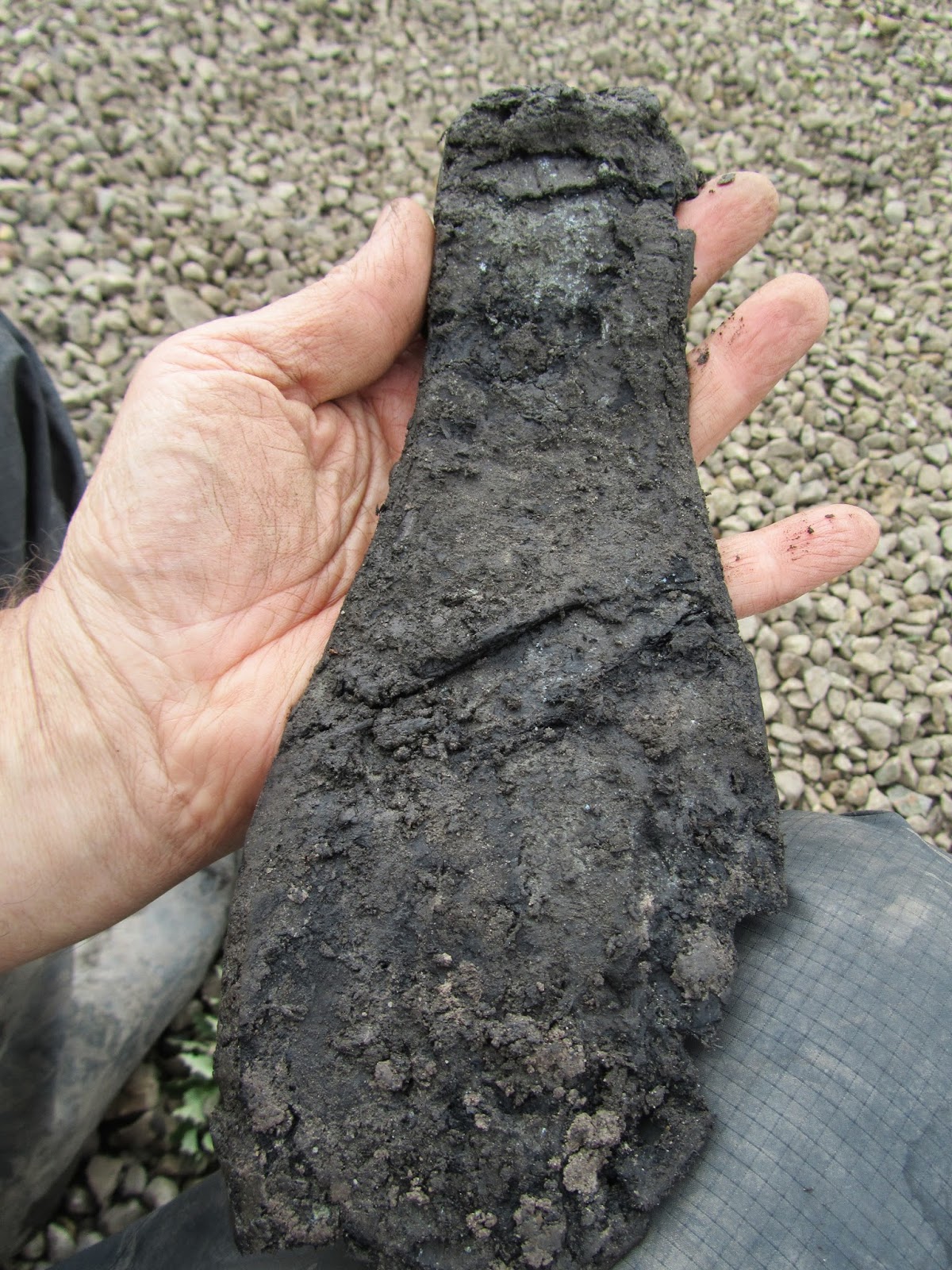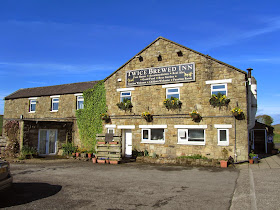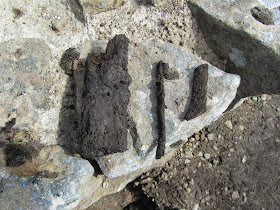Although several of her novels were made into successful movies - Rebecca won the Best Picture Oscar in 1941 - it is one of her short stories that has attained the greatest degree of cinematic fame.
The origins of her story The Birds is the subject of some controversy. Dame Daphne said that the idea was inspired by two incidents. In one she saw a farmer tilling his field being dive bombed by a flock of angry seagulls. In another she herself was attacked by aggressive birds while walking her dog. But there are also allegations of plagarism. A fellow named Frank Baker claimed that while du Maurier was employed as a reader for his publisher she must have come across his 1936 novel that was also called The Birds.
Whatever the ultimate source of the idea Alfred Hitchcock made an iconic and very frightening movie from it. He did move the setting from Cornwall to Bodega Bay, California.
So of course when we were walking the Cornwall coast we kept a wary eye out for birds. And felt that at times they were doing the same for us. One day we stopped at the public beach outside the city of Par. Sitting on a bench for a rest we noticed that we had company;
Out of curiosity we tossed out a few biscuit crumbs to see what would happen:
And were surrounded by a pack of "in your face" avians!
The odd thing was that this was our last day of walking. In our B & B the next morning we were waiting for our taxi to the train station. I picked up a book about Daphne du Maurier and learned that the spot where she was attacked while walking her dog was exactly the spot shown above !
So, sorry Frank Baker, in the matter of plagarism for The Birds I find in favor of Dame Daphne.



















































